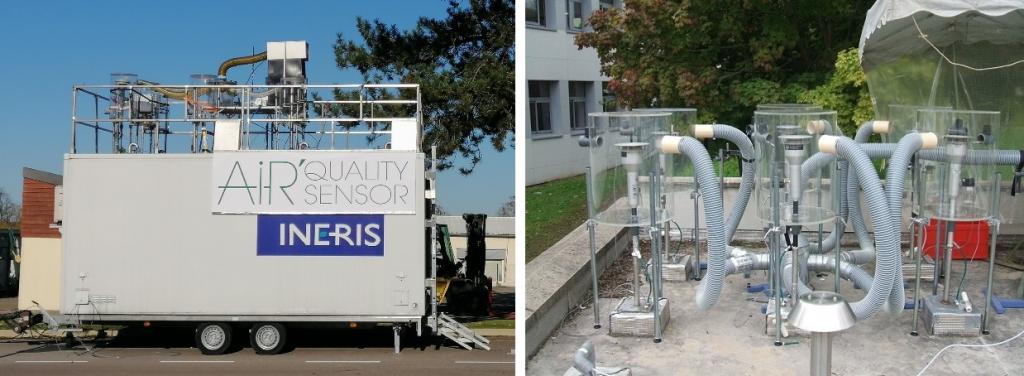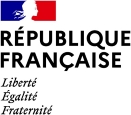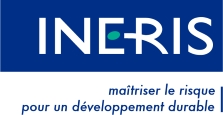PRESTATION : Certification
Certification of sensors system for air quality monitoring

Air quality is a major health issue. Local authorities and citizens increasingly want to know the level of air pollution in real time and on ever finer scales. In this context, a multitude of sensor systems have appeared to measure air quality, announcing performances that are not controlled.
Air Quality Sensor Certification - Guaranteeing the metrological performance of sensor systems
LNE and Ineris set up a voluntary certification scheme, supported by the " Certification Instrumentation for the Environment " or "CIE" joint-venture, to validate the metrological performance level of sensor systems for monitoring air quality. The "Air Quality Sensor" certification enables manufacturers and distributors to guarantee the metrological performance of their products evaluated by competent and independent bodies. This certification allows the differentiation of the sensor systems into three divisions of performance related to the use of the systems.
Similar to the approach adopted by the normative group CEN/TC264/WG42 "Air quality", the first two divisions are compatible with the measurement requirements specified in the Directive 2008/50/EC on ambient air quality and clean air for Europe according to the following correspondences:
| Division A | Category of data quality objectives defined in the evaluation protocol MO-1347 and compliant with the data quality objectives (uncertainty, data capture) for Indicative Measurement as described in the Directive 2008/50/EC. |
| Division B | Category of data quality objectives defined in the evaluation protocol MO-1347 and compliant with the data quality objectives (uncertainty, data capture) for Objective Estimation as described in the Directive 2008/50/EC. |
| Division C | Category of data quality objectives defined in the evaluation protocol MO-1347 but that are out of the scope of the Directive 2008/50/EC. For this division, the level of requirements in terms of uncertainty is only sufficient for citizen science studies, educational action, etc.. defined as Awarness Studies |
Air Quality Sensor certification process
This voluntary certification is addressed to manufacturers and distributors of sensor systems who wish to certify the performance of products placed on the market. This certification does not replace the technical conformity assessment carried out by the Central Laboratory for Air Quality Monitoring (LCSQA) on devices intended for regulatory measurement according to Directive 2008/50/EC on "Ambient Air Quality and Clean Air for Europe".
The initial award of the certificate for a sensor system and for the measurement of specific pollutants involves the following steps:
- Application for certification from the certification body,
- Designation by the certification body of a body in charge of the assessment of the test,
- Study of the admissibility of the applicant's file,
- Assessment of the product to be certified in accordance with the protocol for the assessment of sensor systems for air quality monitoring (MO-1347),
- Evaluation of the design and manufacture of the product and of the applicant's quality system during an audit,
- Award of the certificate of compliance with the certification scheme and a performance division for a period of validity of three years,
- Definition of the annual monitoring during the period of validity of the certificate.
The systems will be evaluated for the use in fixed-point ambient air quality monitoring, i.e. measurements taken outdoors with a stationary sensor system. For suspended particulate matter (PM), as the nature of the aerosol may vary according to the typology of the measurement site, this certification covers background typologies.
The protocol for evaluating sensor systems for ambient air quality monitoring at fixed point (MO-1347) is based on the international standards work of the WG42 working group within the European Committee for Standardization on air quality (CEN TC 264 "Air quality"), in which Ineris and LNE are active participants. This assessment protocol is made up of two independent parties:
- a first part relating to the evaluation of the metrological parameters of sensor systems in the laboratory (under controlled conditions);
- a second part relating to the evaluation of the performance of these sensor systems in external conditions and under a real matrix enriched with gas or particles in suspension.

Installation for evaluating the performance of these sensor systems in external conditions and under a real matrix enriched with gas or particles in suspension
An audit of the systems' manufacturing site is added to this experimental assessment to guarantee the quality of the design and manufacture of the sensor systems evaluated.
Initially, this voluntary certification is aimed at measuring fine particles PM2.5 and nitrogen dioxide (NO2) in a fixed site before being extended to other pollutants such as ozone (O3) and fine particles PM10. At the end of the two parts of the metrological assessment and the manufacturing audit, a performance division is assigned to each pollutant measured by the sensor system on the basis of the metrological criteria set by the certification reference system and Directive 2008/50/EC on "Ambient air quality and clean air for Europe". These performance divisions A, B and C relate the metrological performance for a measured pollutant to the intended use of the system.
The specific certification rules of sensor systems for air quality monitoring are detailed in procedure PR-1053. The protocol for the assessment of sensor systems and the rule for assigning performance divisions according to metrological parameters are given in the MO-1347 evaluation protocol.
A certification committee met to examine and validate the certification reference scheme. This committee is composed of stakeholders grouped into colleges: users, manufacturers, administration, technical experts, evaluation laboratories and certification bodies. The certification committee will be consulted in the event of changes to the certification scheme.

